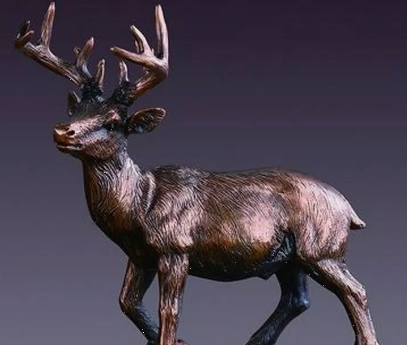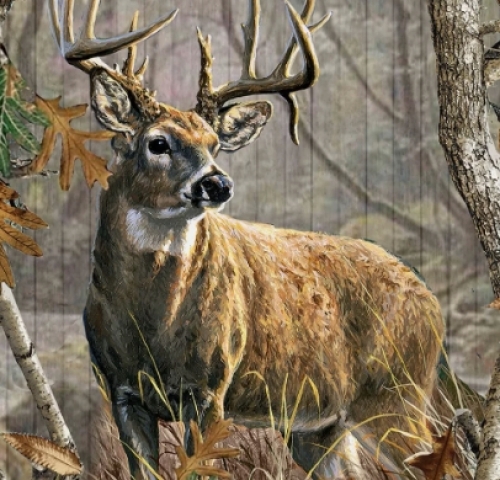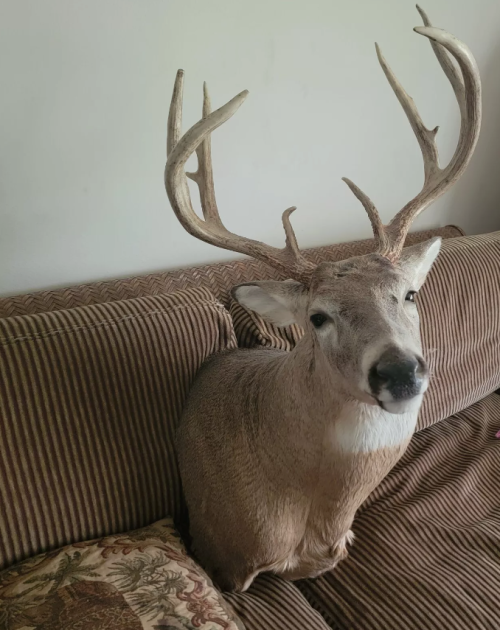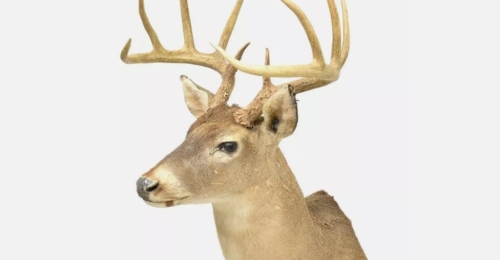White-tailed deer specimens are scientific exhibits based on white-tailed deer that are widely used in natural history museums, educational institutions, and private collections. White-tailed deer are noted for their unique appearance and ecological behavior, so making elaborate specimens helps to show their biological characteristics and behavioral habits.
It includes four main steps: collection, preparation, display and maintenance. First, when collecting specimens, researchers select healthy white-tailed deer and treat them in the appropriate environment. The preparation phase involves peeling, drying and fixing the deer body to ensure its stability in long-term preservation. Next, the deer's body will be shaped and filled in detail to restore its natural posture and body shape. In the display stage, the specimen is installed in a specially designed display rack or glass cabinet to maintain its original form and characteristics.
White-tailed deer specimens help researchers explore white-tailed deer anatomy, ecological habits, and their role in the ecosystem. Specimens are used in museums and educational institutions to help students and the public understand the living environment and biological characteristics of white-tailed deer. As a valuable natural history collection, white-tailed deer specimens attract a large number of nature lovers. Through these specimens, viewers are able to gain a deeper understanding of white-tailed deer and their importance in nature.














